Why smart surface technologies are defining the next generation of water filtration
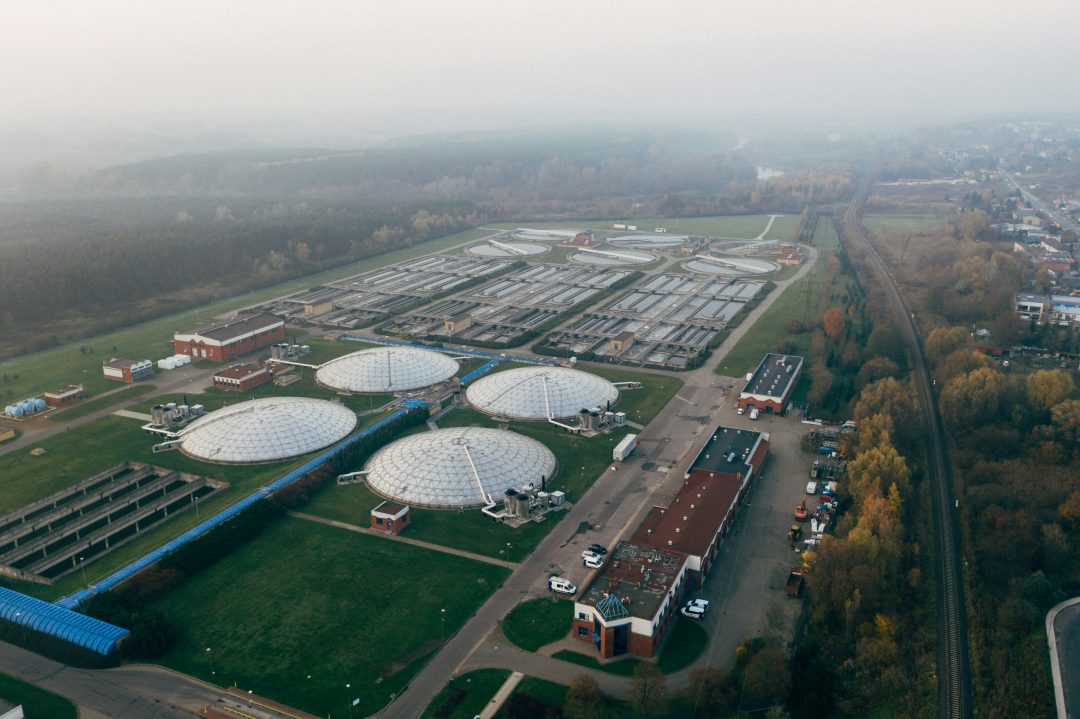
Water purification is evolving — and „smart surfaces“ make the differenceTraditional filters and membranes often reach their limits when it comes to modern challenges such as PFAS, drug residues, nanoplastics and complex mixed impurities. New approaches are therefore relying on so-called smart-surface technologies: membranes or filter materials whose surfaces are designed for nanosubbes or microbes […]
The Truth About Activated Carbon: Why Some Filters Barely Remove PFAS & Pharmaceuticals – And Others Excel

Activated carbon is not a universal solutionThe effectiveness of activated carbon depends heavily on its pore structure, surface area and contact time. Many consumer-grade filters use coarse or low-volume carbon layers that are insufficient for removing persistent contaminants. Research shows that only high-surface-area microporous carbon (PAC or high-grade GAC) can reliably adsorb PFAS and pharmaceutical […]
From River to Brain — Tracking the Journey of Plastic Pollution
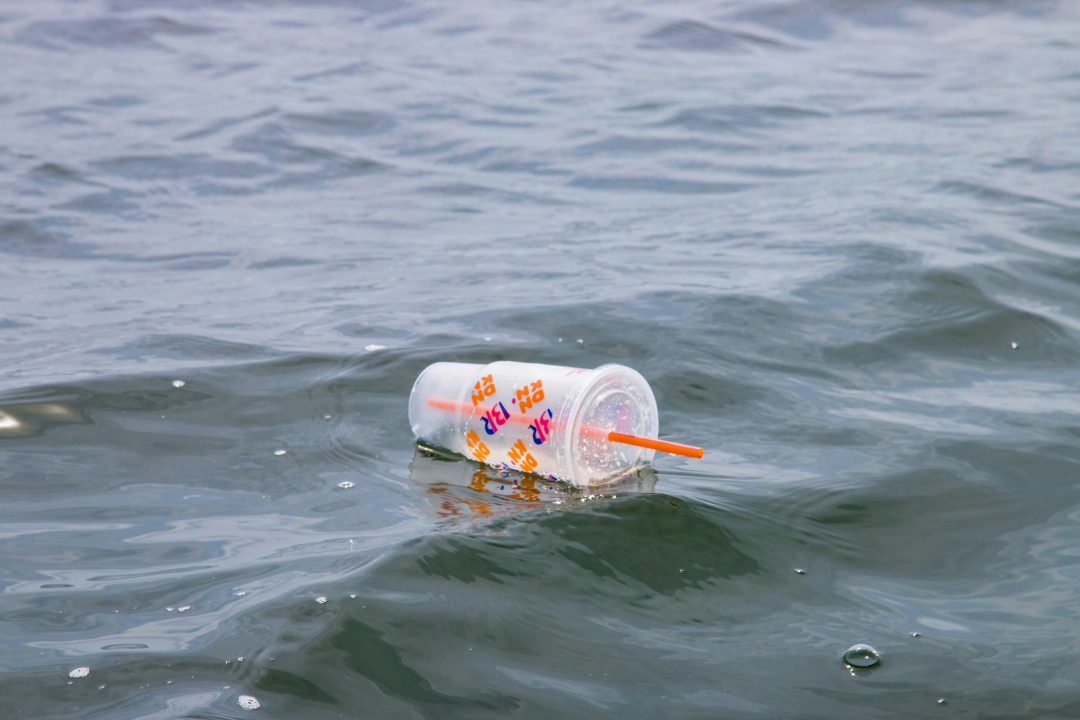
The Plastic Pathway Through the Planet — and the BodyEvery plastic fragment that enters a river begins a journey that doesn’t end in the ocean — it ends in us. Studies in Nature Geoscience (2024) reveal that micro- and nanoplastics migrate through river sediments into groundwater, drinking systems, and ultimately the bloodstream. Once circulating, these […]
Microplastics in Groundwater — The Next Frontier of Environmental Regulation
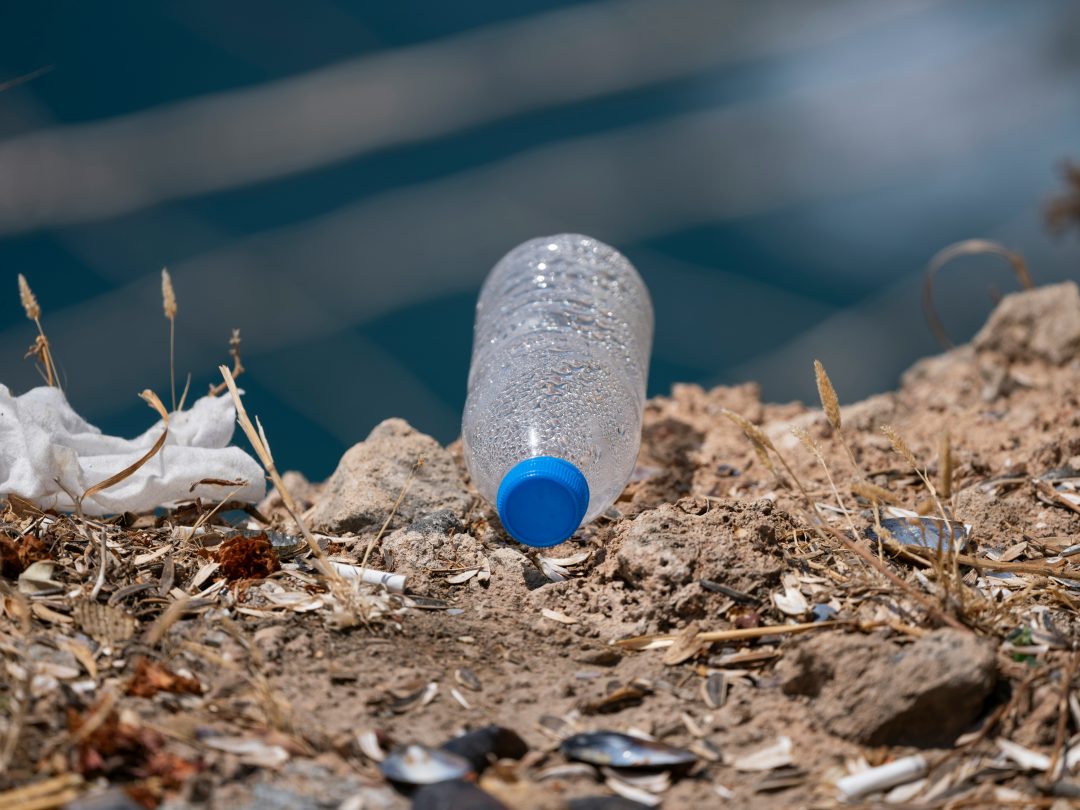
The Pollution We Can’t See Beneath Our FeetWhile oceans and surface waters dominate the headlines, a quieter crisis is unfolding underground. Studies across Europe and Asia (Environmental Science & Pollution Research, 2024) reveal that microplastics have infiltrated groundwater aquifers — the primary source of drinking water for nearly half the global population.These particles originate from […]
Endocrine Disruptors in Everyday Water — The Silent Hormonal Imbalance
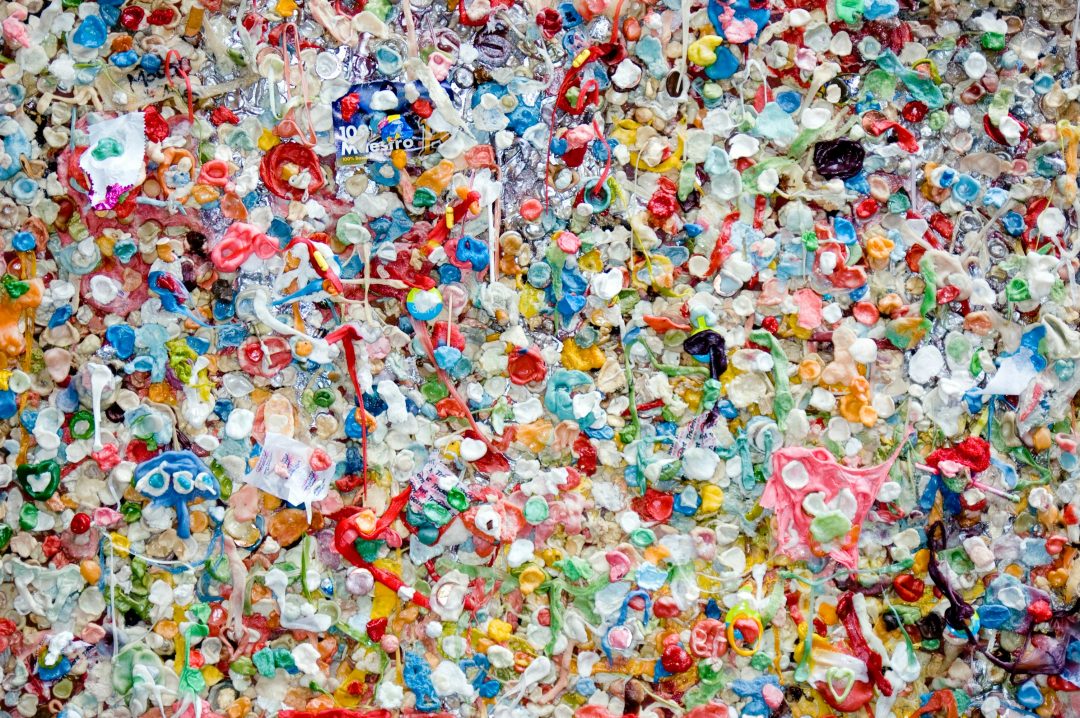
Invisible Chemicals, Measurable EffectsEndocrine disruptors are chemical compounds that interfere with the body’s hormonal system — even in trace amounts. Common examples include bisphenol A (BPA), phthalates, and PFAS, all of which have been detected in drinking water worldwide (Journal of Hazardous Materials, 2024). These substances mimic or block natural hormones, disrupting metabolism, fertility, and […]
How Household Plumbing Becomes a Source of Microplastic Exposure

The Hidden Source Inside Your HomeWhile global attention focuses on plastic pollution in oceans and bottled water, few realize that household plumbing systems themselves can release microplastics. Aging pipes made from PVC, PEX, or polypropylene degrade under heat, water pressure, and chlorine exposure — shedding microscopic fragments directly into drinking water.A 2024 study in Environmental […]
PFAS and the Hidden Chemistry of “Forever Contaminants” — Why Filtration Must Go Beyond Carbon
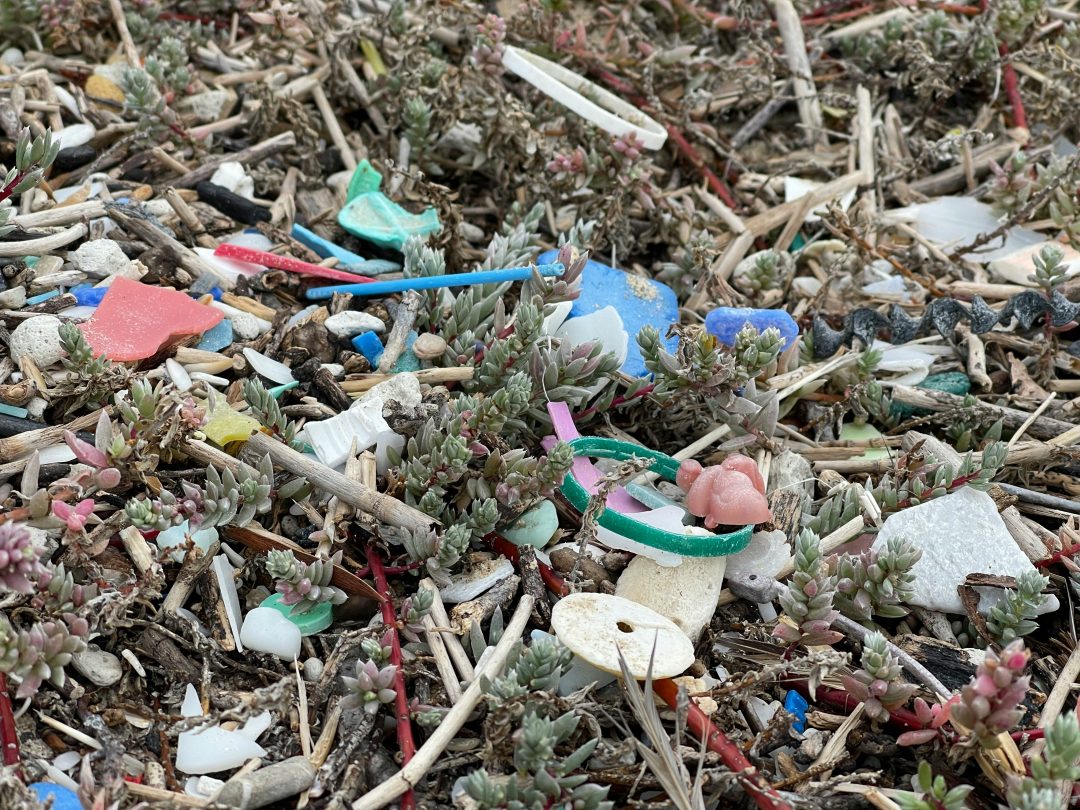
PFAS: The Invisible Chemicals That Outlast GenerationsPer- and polyfluoroalkyl substances (PFAS) are among the most persistent pollutants ever created. Dubbed “forever chemicals”, they resist degradation for thousands of years, accumulating in water sources, soil, and even human blood. A 2024 EU report on drinking water contaminants identified PFAS in over 70 % of tested groundwater […]
Why Children Are More Vulnerable to Plastic Exposure

Smaller Bodies, Greater Impact Children aren’t just smaller adults — their bodies function differently. Because of their higher breathing rate, faster metabolism, and developing organs, they absorb more pollutants per kilogram of body weight.A 2023 study in Environmental Research found that infants can ingest up to 10 times more microplastics than adults, primarily through bottled […]
Microplastics in the Human Bloodstream – What Recent Studies Reveal
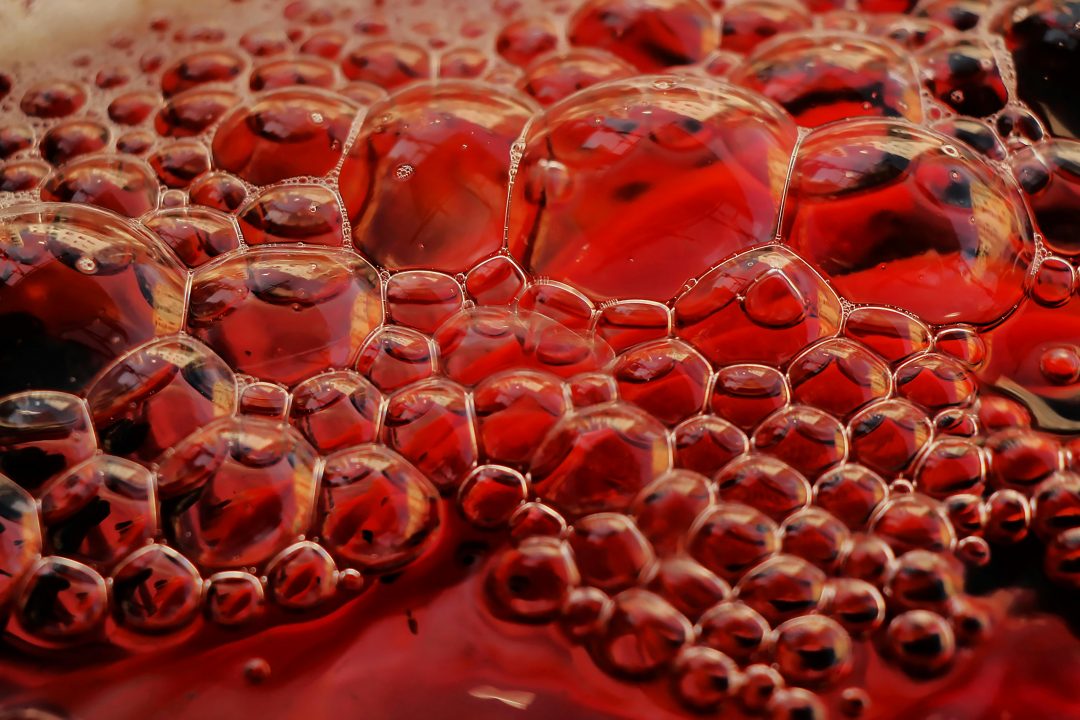
A New Frontier in Plastic Pollution For the first time, scientists have confirmed that microplastics circulate within human blood.A landmark 2022 study, Plastic Particles in Human Blood (Environment International), found detectable microplastics in 77 % of tested samples, including polyethylene and polystyrene — the same plastics used in packaging and food containers.This discovery marks a […]
There’s Plastic in Your Brain — And It’s Getting Worse
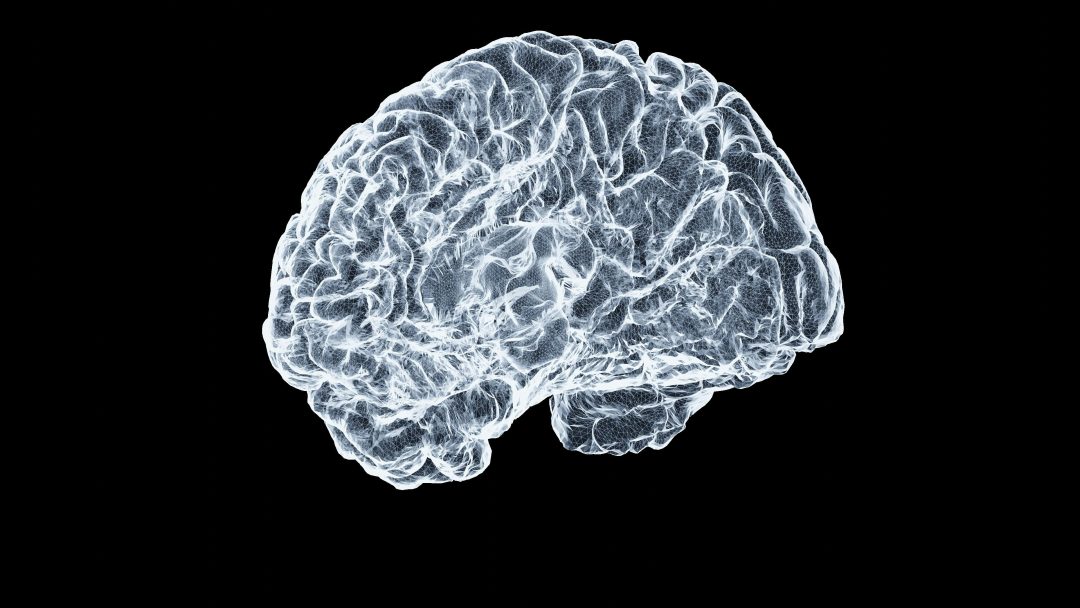
A 2025 study from the University of New Mexico Health Sciences revealed a disturbing finding: microplastics have been detected in human brain tissue, with concentrations 50 % higher than eight years ago and up to ten times more in individuals with dementia [Haederle, UNM HSC Newsroom, Feb 2025]. These micro- and nanoplastic particles, originating from packaging, household plumbing, and bottled water, are now confirmed to cross the blood–brain barrier—a protective boundary once thought to keep such pollutants out. Researchers identified plastic fragments as small as 200 nm, roughly twice the size of a virus, indicating that standard water treatment plants cannot fully remove microplastics from drinking water.